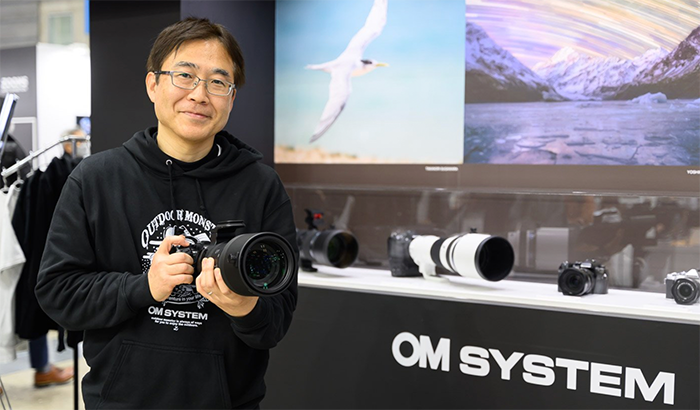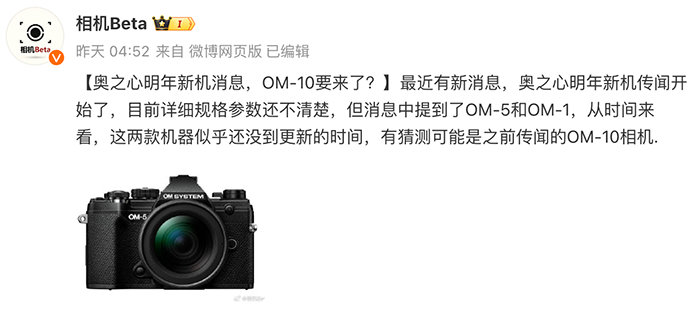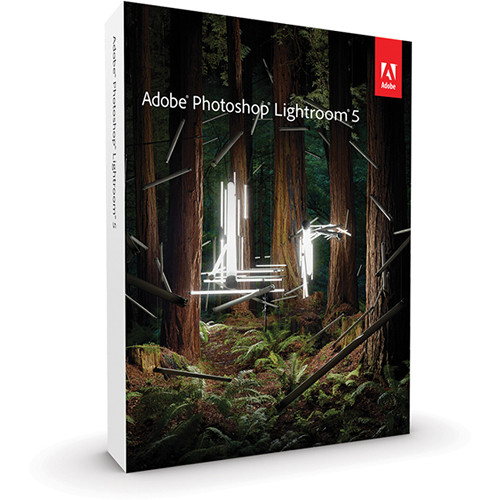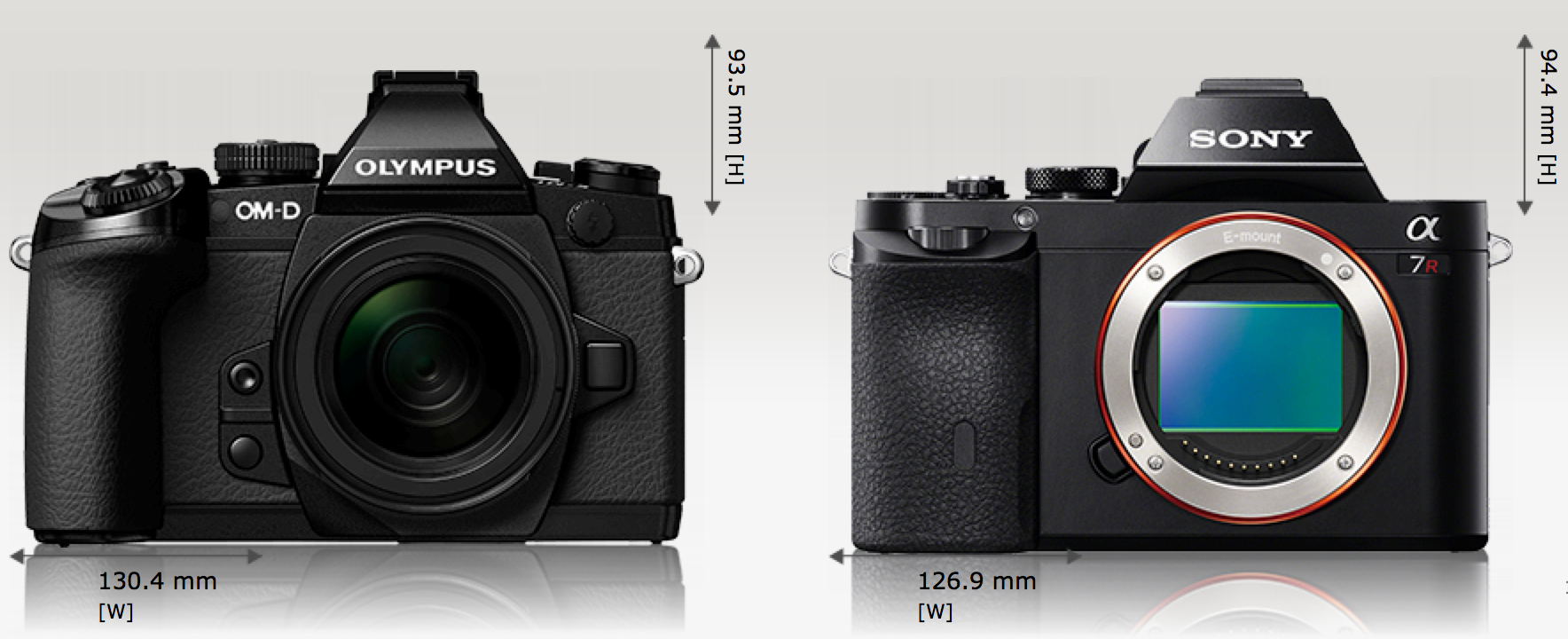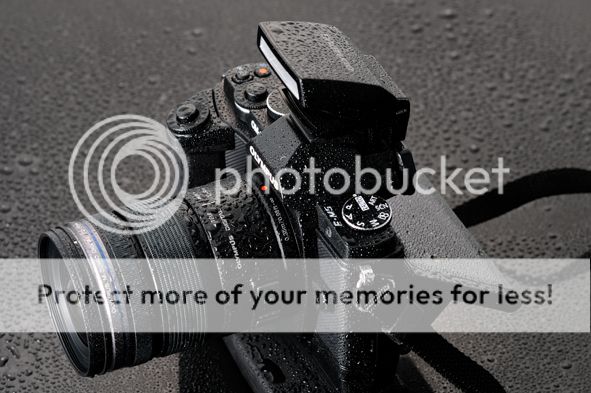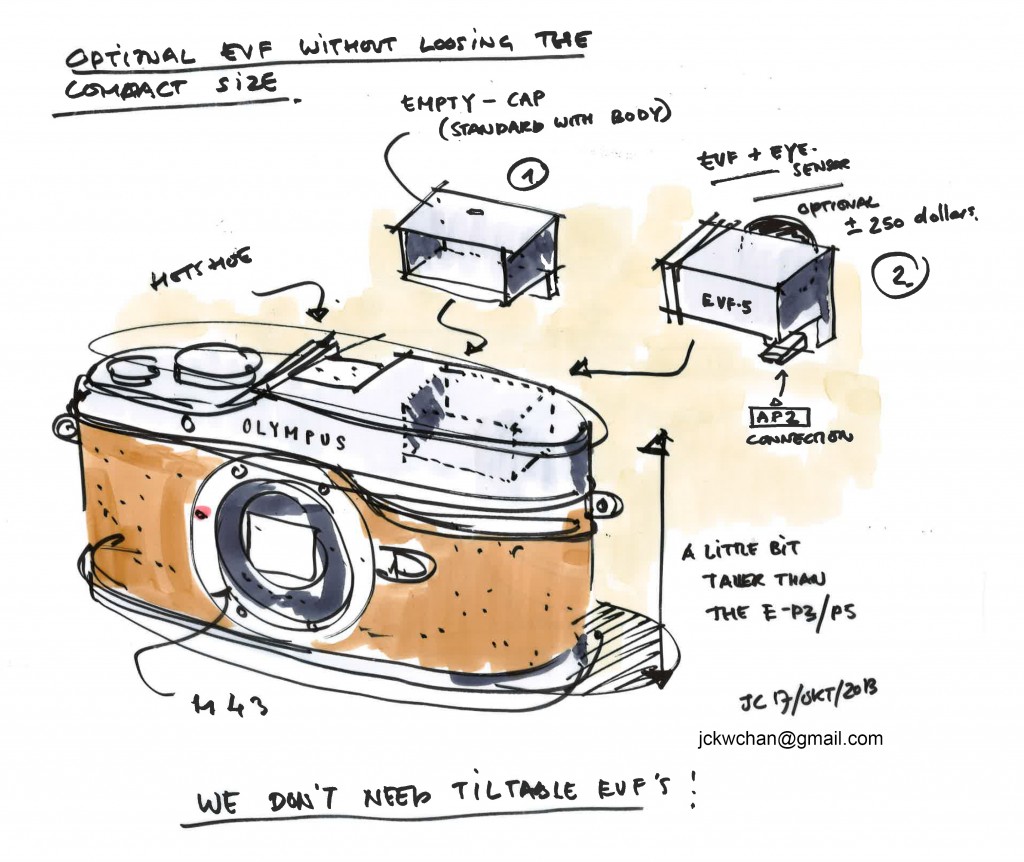Micro Four Thirds vs Full Frame
The Micro Four Thirds vs Full Frame argument is becoming a real cliche and is being discussed (and argued) to death on photography forums throughout the world. Elsewhere here on the blog I’ve stated my opinions about the usefulness of the latest generation of mirrorless camera systems, and as a full-time photographer I can offer my own perspective on real-world performance and usability. I have a reputation to protect and it goes without saying that when it comes to equipment choices my clients deserve kit which delivers excellent performance and reliability (together with several levels of backup). I’ve been around enough years to see the evolution of digital technology throughout the professional photography world and not very long ago we were all doing very well with our APS-C systems which were the mainstay of the vast majority of professional studios – nobody questioned us about our camera choices, we delivered good imagery to our clients, and everybody was happy. And not very long ago, we saw the introduction of full frame 135 format digital cameras which have broadened our options still further. There is and there remains a pervasive belief that every professional portrait or wedding photographer should be using full frame cameras and if they do not they are somehow failing their customers. I will say that I have rarely heard this expression from a professional photographer and this viewpoint seems to be representative of the amateur and hobbyist community.
A camera is a recording device, and it can only record what the photographer creates for it (I must preface this discussion by saying that I am referring to recent generation cameras at and above a certain level of performance – I’m not talking about low-priced, low-end, low featured machines destined for the family marketplace). My perspective is also that of the professional portrait photographer, not the advertising photographer who might naturally be drawn towards medium format equipment. There are many elements of a well crafted image, and in professional portraiture and wedding photography much depends upon the photographer’s understanding of light, supplementary lighting, posing, direction, narrative, timing, spatial awareness and composition, people management, and a number of other factors which will clearly separate the professional from the casual amateur. Additionally, equipment choices are often personal. What matters the most is that the photographer is appropriately skilled and uses equipment which is suited to the job at hand. And pretty much every modern well-spec’d FX, APS-C, APS-H or u4/3 camera will fit the bill. But there are a great many newer photographers who are conditioned to believe that this is an unacceptable statement, because of the following:
A full frame sensor is better in low light – indeed it will be, the noise response of the full frame sensor will almost always exceed that of the smaller sensor. This enables the camera operator to gain usable images in dim situations. What of those situations? What are we talking about exactly? Well, the only real world situation the social photographer is likely to encounter where they are forced to photograph in lowlight would probably be a winter wedding, or dark church (if/when not allowed). The less experienced photographers will presume that there is no requirement to worry about additive lighting (if allowed at the location) since a full frame sensor and a very fast lens is all that matters – and many less competent photographers also feel it is not a requirement to learn the art of lighting. But here’s the thing – if you have a bride and groom in front of you it is very unlikely that they will be on exactly the same plane of focus. And considering how razor thin your depth of field will be if using a full frame camera and a very wide aperture, it is perfectly likely that one of your subjects will not be in focus. I see this time and time again and the photographer will presume that the client will not notice, and will believe it was a ‘creative choice’. The solution therefore is that you will need to stop down a little, and to maintain a usable shutter speed you will then have to increase your ISO accordingly. Now consider the photographer using the latest Micro 4/3 camera – they will have around a stop at three-quarter of additional depth of field, so even at a very wide aperture they won’t need to stop down, and they can gather all of the light without worrying about missing focus. So already we are seeing that the ISO advantage of full frame is quite clearly negated in the very situation where full frame bodies are considered to be a requirement. Ditto depth of field – we cannot go through life touting a full frame camera and shooting wide open as a matter of course – at least not on a client’s time.
Full frame gives a shallower depth of field – yes it does, and I’ve already alluded to this above. Virtually every hobbyist or unskilled amateur I encounter is utterly convinced that they must always have the shallowest depth of field possible, or else they cannot possibly enjoy their photography. They are also convinced that a professional photographer would feel the same way, and they would be very wrong indeed. Whilst there may be the odd occasion where you might want to try a very creative or abstract shot, I have spent much of my working life using full frame equipment and telephoto lenses at around f4 or f5.6. This gives a shallow depth of field but also a small amount of leeway for critical focus. I can get the same depth of field using my OMD cameras by shooting with any of the excellent Micro 4/3 prime lenses. In fact it’s very easy to manipulate the depth of field equation to afford extremely shallow depth of field when using a micro 4/3 camera – remember that depth of field depends upon the focal length of the lens, the distance to the subject, the distance between the subject in the background, aperture, and finally sensor format which is the least important determinant. So it follows that if I were to use the excellent Panasonic 35-100 f2.8 lens on my OMD, at f2.8, in-depth the field terms that is about where I would be when shooting my Canon 5D cameras using the 70-200 L at f5.6. In fact I can go even shallower with my OMD, because I possess some wonderful small and lightweight micro 4/3 fast prime lenses (I do not possess the equivalent lenses for my full frame DSLRs for the reasons set out below).
Full frame systems offer better lenses – I think what many people are referring to here are the very expensive fast prime lenses at about the f1.2 or f1.4 mark. I’ve never got along with such lenses for my full frame kit, much preferring the fast pro zooms. Why is that? For a start, on a full frame camera the depth of field will be perilously thin and therefore these lenses are often best reserved for only the most creative applications – it would be unthinkable for me to shoot these wide open during the course of my day-to-day work, or my personal work for that matter. It will also be argued that in different conditions these lenses will gather more light – of course they will, but at the expense of razor thin depth of field and therefore the possibility that most of your subjects will not be in focus, this is very true where wedding or other forms of social photography are concerned. The other potential issue is that these lenses are often fairly heavy and they are rarely if ever stabilised, therefore a realistic shutter speed must be achieved (often at the expense of a higher ISO) and even then the photographs may exhibit some camera shake. On the other hand my OMD bodies feature the incredible Olympus IBIS which gives up to 5 stops of stabilisation, enabling me to shoot at incredibly slow shutter speeds (providing my subjects are fairly static). And the optical quality of the professional Micro 4/3 lenses is sublime.
Big files for big prints – many full frame cameras have a high megapixel count, creating massive digital files. If I were shooting an event such as a wedding where I am likely to come away with a few hundred photographs, the last thing I would want is to have to handle a humongous amount of data. After all, most images will be printed to an album, with the odd substantial wall product – we rarely need 23MP files for this. Therefore I have always tended to set my 5DMkIII bodies at medium RAW. This is an ideal file size and is more than ample for creating bigger enlargements. In fact looking around my studio I have massive prints on the wall which are several years old, taken with cameras which vary from 6MP to 13MP. And they look fantastic, hard to tell apart from most of today’s offerings in fact, and any differences are certainly not something any client would notice. That said, a large file size will enable more cropping, but if you’re shooting portraits and weddings then you really shouldn’t be doing much cropping.
Clients will not take you seriously if you have a small camera – this is nonsense and we have discussed this before. This is inherently an amateur statement and does not seem to be of particular interest to professional photographers, who know that this holds little validity. If we were to ask ourselves why our clients choose us, it’s because they admire the work we produce, they love our photographs, and they value excellent customer service. However many bridal magazines will include equipment in the list of questions that brides are recommended to ask their photographer, and this is folly in my view. The fees the client is paying is largely dependent upon the photographer’s skill, experience, credentials, and style. Overheads play a big part in this, but that doesn’t differ much according to which format the photographer favours – the latest Micro 4/3 bodies are far from cheap, I have just paid £1300 for my EM1 and my professional zooms from Panasonic are close to the £1000 mark apiece. The lighting I use is the same irrespective of my camera brand, my finished products are bespoke, and so forth.
What really matters, and the question which brides should be asking, is whether the photographer has appropriate levels of backup equipment, and insurance. But ultimately your customers are purchasing your work, and of course you as a person. I have never taken my car to the garage and demanded to know which tools my mechanic will use to fix it – I rely on his experience to determine which tools are appropriate to the job. Likewise I don’t go to a classy restaurant and ask the chef what kind of oven he or she is using to cook my food, nor would I take it upon myself to comment that a three-year-old oven would probably not maintain an even enough temperature for my (very skilled) chef to produce a saleable meal. If you feel that your clients will not take you seriously if you are using a mirrorless system then I suspect the problem lies with self-confidence, or perhaps a less than coherent portfolio to support your offerings. Of course not every full frame camera is big, and without doubt we’re going to see some very small full frame cameras coming into the marketplace, but thus far they don’t offer anything like the performance attributes of full-sized DSLRs or the more recent Micro 4/3 offerings, and they still suffer from that old chestnut of being small (at least until you put a big lens on them).
“you shouldn’t be using that camera for your professional assignments – it doesn’t weigh enough”
****************************
With all that said and done, we must be realistic (and we must also respect the right of the individual to choose their equipment based upon their own personal preferences) – there are still areas where a top of the range pro DSLR remains an ideal tool of choice – if you’re a sports photographer then without doubt a highly competent top-of-the-line DSLR system is likely to be better because it will offer more sophisticated tracking focus when you need it and historically that has been a notable weakness of mirrorless cameras (but even that is improving). And I must admit that battery life with a mirrorless camera is poor when compared to a DSLR. But for me, this is a small price to pay for the many advantages that mirrorless systems such as the Olympus OMD can offer:
- Namely, a system which is every bit as competent (if not more so in some areas) than a modern APS-C DSLR, in a tiny and very portable package which enables me to carry a full complement of equipment to assignments and locations which I would otherwise have had to forego.
- I also have the benefit of being able to work much more discreetly – there is nothing worse than hauling around a big backpack of equipment on a day off or recreational outing let alone a professional job, it really does take the shine off your enjoyment.
- Furthermore, people do often treat you with suspicion if you’re trying to enjoy some outdoor photography with a honking great big DSLR in your hand – of course many amateur photographers like the idea of this, it makes them feel good if the public thinks they are a professional photographer. But if you actually are a professional photographer you will very likely feel differently, you’ll simply want to blend in and you won’t want to draw attention to yourself.
- If you’re photographing weddings you might wish to be discreet.
- A small system is also helpful if you’re photographing shy or nervous subjects such as children or pets.
- And last but not least, very importantly, a tiny high performing system will vastly ease the very real stress and strain on your musculoskeletal system. I cannot stress how important this is, as somebody who suffers from occupational injuries and RSI, attributable to having to manage heavy cameras and lenses over a number of years. In fact my OMD system has enabled me to carry on as a photographer, when I might otherwise have been unable to.
The simple truth is that for the vast majority of non-professional (and many professional) photographers top-flight full frame equipment is overkill (at least a lot of the time), there is nothing about the camera or any other camera which will improve your photography skills – that is down to you and the time and discipline you’re prepared to invest in your learning curve. The fact that I have photographed over 95% of my output with the OMD since purchasing it a year ago is testament to its performance – my subjects are discerning and I will photograph everything from environmental portraiture, to boisterous families, to pets and wildlife. All in conditions and situations which will vary greatly. But if it makes you happier to have the latest pro equipment then you have every right to go down that route and nobody should criticise you for that – this is the great thing about the equipment choices we now have. Given that just a few short years ago professionals were successfully working with cameras of a type most new photographers today would consider beneath them, there is little to support any argument that today’s better compact systems are not abundantly suitable for the vast majority of professional applications – they are significantly and notably better than most of the cameras available to us two or 3 years ago and often exceed the capabilities of even today’s better APS-C DSLRs. This simple fact is so often overlooked because of the elephant in the room …..
“they will think less of me unless I have a huge gripped DSLR in my hands with a big beige lens”
The argument raises the matter self-confidence and insecurity – and perhaps even the real issue, which seems to be that of physical size. I think it’s true to say that some people men may feel more confident owning something big. Men are inherently possessive of their masculinity (an understandable part of the male psyche and I’m not knocking that) which is so often entrenched with the matter of size. I have even heard it said on forums that a mirrorless system is ‘for girls’ and is an inappropriate choice for the male professional. Some of the most renowned photographers routinely use, or otherwise rely on compact systems for their professional work. You just have to look at the output of well-known names such as Damien Lovegrove or Kevin Mullins who both use compact (Fuji) systems. Will Crockett is another famous photographer who has seen the benefit in downscaling, particularly with reference to the superb video capabilities of the Panasonic Micro 4/3 bodies. Continuing the subject of powerful men, Damian McGillicuddy is yet another world-renowned professional photographer who now shoots virtually exclusively with the OMD system. And there are many, many more.
Ultimately you should use whatever equipment suits you – if you prefer large full frame cameras then that will be the right kit for you. If you prefer the ease and portability of a miniaturised system that is also your right. But I’m heartily sick and tired of the people who lambast pro photographers for turning to compact systems – and the accusation that we are failing to give our customers value for money. This is an utterly baseless and misguided assertion and appears to be uniquely entrenched in the amateur mindset, and is very often the view of individuals who have never even used the system they are judging. If any of us were to ask our clients why we have become their photographer choice the matter of equipment would never feature in the list. Nor has anyone I have encountered ever questioned what I’m holding in my hands (other than to compliment me on my beautiful retro looking camera). There is another hidden benefit in using small systems – it will pretty much quash the viewpoint that it’s the big camera which creates professional photos – your subjects are likely to be all the more impressed by your abilities when you create beautiful work with cameras they might identify with themselves.
No doubt the Micro Four Thirds/CSC vs Full Frame argument will continue to labour onward, but without doubt the trend for many accomplished professionals to adopt small systems will also continue.
EDIT: There’s been some interesting reading for me over on a well-known photography forum, and I suspect some misunderstanding of the points I made here. So I’ve created an addendum to this article, with some additional clarification and example photographs. However I stress once again that what I say here on my Blog is in the context of my own work and my own style, and the requirements of the photographs I’m called upon to produce. If what you do is different, then you will have your own way of doing things. But the arguments do go on and on, and round and round, usually unnecessarily. The addendum can be seen HERE.

